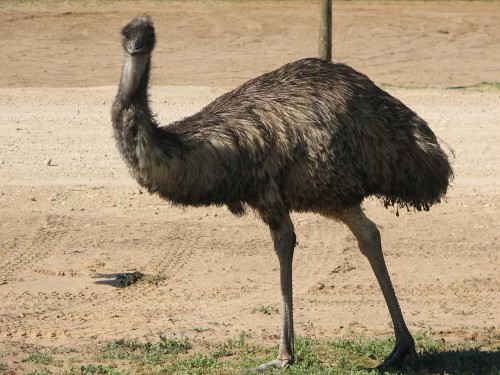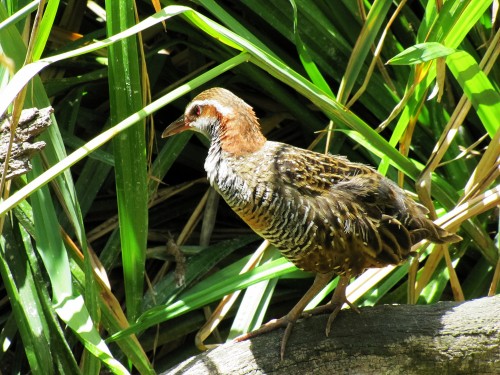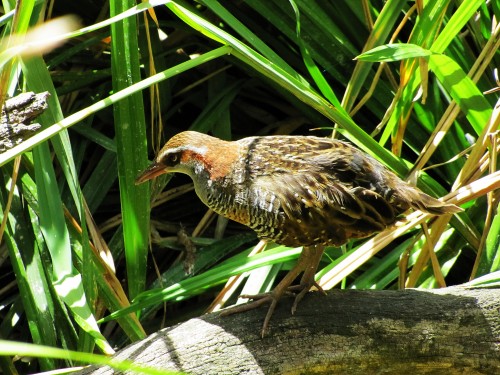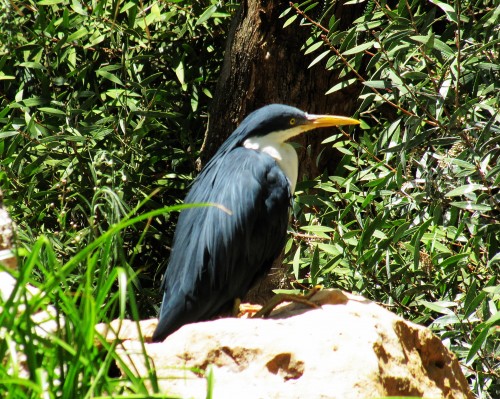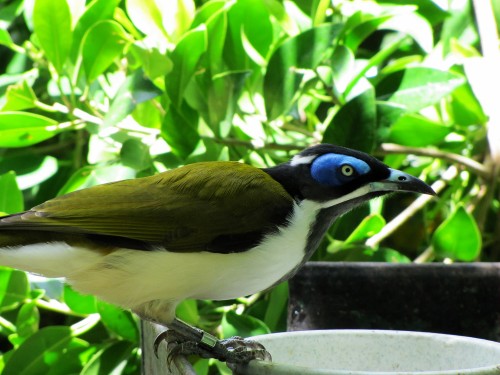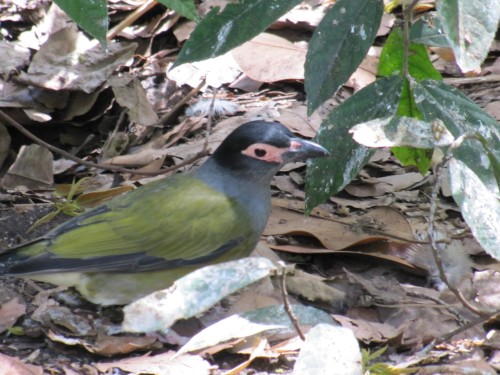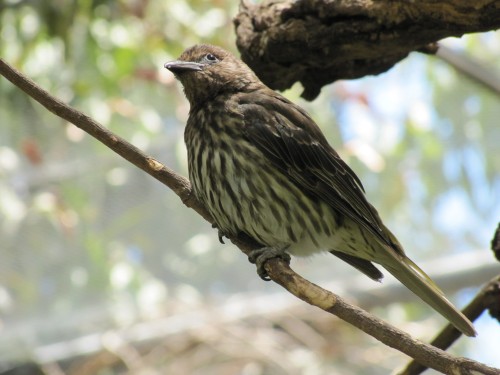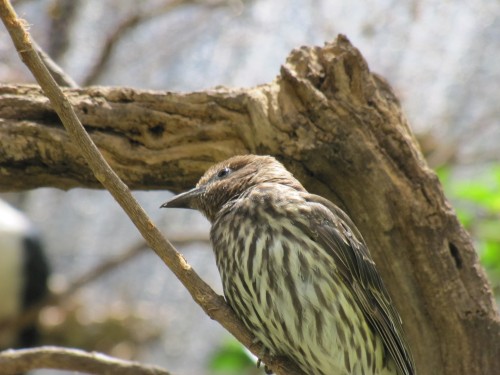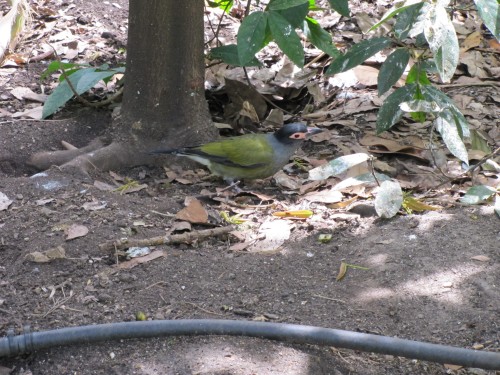Birding at 100kph on the Hay Plains
My wife and I have just returned from a road trip to Sydney to visit family. Grandchildren can be so persuasive; “We insist you come to stay with us,” said Mr Nearly Five Years Old.
We didn’t get to do much birding because of the wet weather, and the fact that I came down with a severe case of bronchitis while there; as I write this I’m still in the throes of that dreaded lurgy. (“Cough! Cough!”)
While we have flown over to Sydney on several occasions – it’s nearly 1400km each way – we prefer to drive because we enjoy the passing scenery, flora and fauna and the birds, of course. Yes, it’s tiring travelling non-stop for two full days, but we take it in turns to drive. When I’m at the wheel my wife records the birds I see and can identify along the road. Identification can be challenging when hurtling along at 100kph on a busy highway. And when it’s my wife’s turn to drive I can give a little more attention to what is flying around, or sitting on the roadside – or even on the road itself.
I usually try to arrange to be the passenger when we are crossing the Hay Plains between the towns of Balranald and Hay in far western New South Wales. This long stretch of road has huge expanses of grassland and saltbush with only the occasional tree until the last 20km just east of Balranald. Usually the birding along the 130km road is excellent with plenty of birds of prey. On this trip however, I saw few birds other than Emus.
Usually I count on seeing perhaps up to ten or a dozen Emus along this road, but on this occasion I estimate there were between 50 and 80. I didn’t count them but one loose flock alone numbered around 20. as for the rest there were numerous groups of two, three or four. It was certainly the most I can ever remember seeing on this stretch of road, one we’ve travelled on many occasions when travelling to Sydney to visit family. (Now that we have grandchildren there as an added incentive, we are travelling over there up to three times annually.)
Related articles:
- Birding on the Hay Plains – articles from my archives
Buff-banded rail, Adelaide Zoo
Buff-banded Rails are sometimes very shy, secretive birds that rarely show themselves, preferring to skulk in the reeds and rushes along watercourses, swamps and wetlands.
On the other hand I have sometimes encountered these rails quite openly enjoying the presence of people. One example was a close encounter I had with one bird in the Royal Botanic Gardens in Sydney.
Buff-banded rails are a widespread species throughout Australia – except for the drier inland areas.
Further reading:
Pied Heron, Adelaide Zoo
I took this photo of a Pied Heron on a visit to the Adelaide Zoo here in South Australia. The bird was in one of the walk through aviaries in the zoo.
You can see more of my photos of this species, along with more information about it by clicking here.
Blue-faced Honeyeater, Adelaide Zoo
The first time I focussed my binoculars on a Blue-faced Honeyeater I was amazed at the brightness of its blue face. It was one of those special moments we sometimes get while birding.
As a result of that first great encounter, I enjoy every subsequent observation of this species. On the downside, not every sighting is as good as the one I had earlier this year in one of the walk through aviaries at the Adelaide Zoo here in South Australia. Being a captive bird quite at ease with hundreds of visitors to its home daily, this bird was quite happy to pose for me – or was it just too hungry to fly away. Note the identification band on the right leg.
The Blue-faced Honeyeater is found along coastal northern and eastern Australia, often found far inland from the coast where there is suitable habitat. In south eastern parts of our country it is more of an inland bird, generally avoiding the higher altitudes in Victoria and southern New South Wales.
Its preferred habitats include open forests, watercourses, woodlands, orchards, parks and gardens and farmlands.
For more of my photos of this species and another article click here.
Figbird, Adelaide Zoo
In Australia there are two races of Figbird. Shown in today’s photos is the Green Figbird I photographed in a walk through aviary in the Adelaide Zoo, South Australia. The Green Figbird is found along coastal Queensland and New South Wales. The other race – the Yellow Figbird – is a bird of northern Australia. Where the two races meet there is interbreeding.
The Figbird is found in rainforests, woodlands, orchards, gardens and parks, mangroves and along watercourses. As its name suggests, its main food is fruit.
Below I’ve shown several photos of the female present in the same aviary at the zoo.
